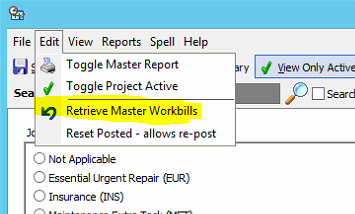With the arrival of Ham2k PoLo Logger which creates logs for both POTA and WWFF activations simultaneously, the need for log conversion is waning.
mParks has entered its next stage of providing a sophisticated merge of spots from various sources and allowing simple logging to various destinations.
Spots from the following sources can be merged:
- ParksnPeaks Spots webpage
- HamAlerts (which allows for a huge range of personal filtering options)
- CQGMA
- POTA Spots
ParksnPeaks has been a pillar for portable operations in Australia, Spots for a range of programs e.g. Parks, Beaches, Silos, HEMA, SOTA etc. Publishing Spots and accepting Spots via API has been used widely by application providers.
HamAlerts provides a versatile filtering system for all manner of interests. Switching this feature on in mParks provides a very personal focus on your hunting activities.
CQGMA (Global Mountain Activity) is based in Germany and supported by Deutsche Amateur Radio (DAR). CQGMA also has API access for both retrieving and posting spots and focuses on many of the European activation programs. It is also a popular place for hunters keen on chasing the WWFF park activators.
The POTA program has a very good spotting page, also with api access for retrieval and posting. Whilst not trying to draw attention away from the POTA spots page, mParks provides a merged output for these and other sources so the Hunter can avoid having all these sources opened separately.
Main Features
mParks is a console which offers quick access to the resources and the following features:
- Drive your Hunter activities from the Spots page. Log and re-spot your contacts with minimal data re-entry.
- Send your logged contacts direct to QRZ or to any listening UDP server e.g. HRD or Log4OM etc.
- Spot direct to POTA, CQGMA, Cluster server of your choice or ParksnPeaks and Log the contact simultaneously.
- Log your contacts with user friendly comment/qslMessage fields prefilled.
- One click to open a park’s exact position on google maps or POTA website.
- Names files creation for use in PoLo logger as an offline resource for callsign/name lookups. This feature includes the ability to capitalise on contributions from other mParks users.
- See at a glance the parks/summits which are new to you
- Fast conversion of logs from WWFF to POTA or POTA to WWFF
- Executes ADIF Master for log review and merging
- Quick access to popular websites for spot review
- Auto application updates
- Comprehensive Help file
- Park Administration module for all prefixes
The Programs
The WWFF and POTA programs were born from one origin but diverged some years ago. Their differences are based on the opinion that some key features would be more attractive to some people if they were modified from the original. They programs share a lot in common but also offer differences which may have greater appeal differently to different operators. To many, they are both attractive programs. The mParks utility gives operators the ability to be both agnostic towards both programs but, more importantly, to enjoy the involvement in an even bigger community of mobile operators.
Download the setup file from here, the application will auto update when a new version is published.
The help file will explain the use which is very simple.
Many thanks to ParksnPeaks for access to their database.








